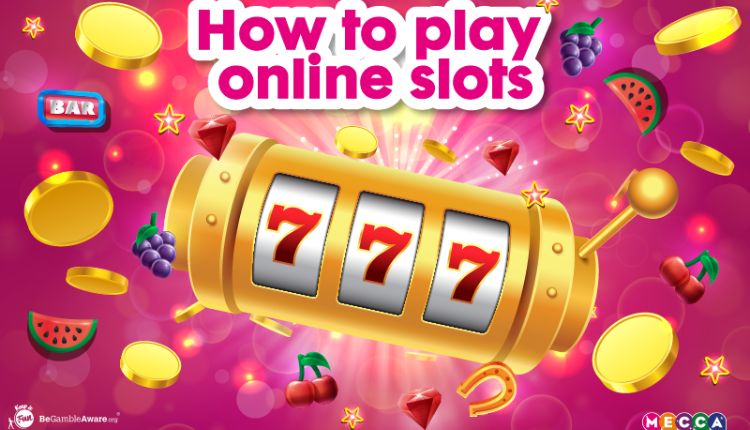A slot is a designated time and place for an aircraft to take off or land. It is used to prevent repeated delays at busy airports. A pay table is a vital tool for understanding how different winning combinations result in payouts. It also illuminates which symbols are the most lucrative, and what features can trigger bonus rounds or other game features.
Symbols
A slot game’s symbols can have a big impact on its payouts. The higher the number of matching symbols, the greater the payout. Standard symbols include alphabet letters, typically A, K, Q, and J, or classic fruit and card icons. These symbols usually offer lower payouts and contribute to a game’s overall theme. High-paying symbols are those that match the slot’s theme and have a monetary value, such as pirate ships, treasure chests, parrots, and cannons. These are also called ‘wild’ symbols, and they can substitute for any other standard symbol.
Scatter symbols are another common type of slot symbol that act as a gateway to fun bonus games designed within the game. Unlike other symbols that need to line up on a payline, scatters can appear anywhere on the reels and trigger special mini-games or free spin rounds. They can also multiply the payouts of standard symbols. The more wilds you have on the reels, the bigger your winnings will be.
Payouts
A payout is the total amount of money a slot pays out to players over its lifespan. Payout percentages for slot games are designed to work the same way as percentages for table games – odds lead to expected returns. However, the random results that result in winning combinations can have an impact on those odds. A slot machine’s probability of paying out a winning combination is determined by the number of stops on its reels and the symbols that appear on them. Early slots typically had 10 stops per reel, while modern slot machines often have 30 or 50. The more stops on a reel, the easier it is to offer large jackpots.
A slot’s volatility is an important consideration. High-volatility slots have more frequent small wins but lower payouts, while low-volatility slots have less frequency but larger payouts. Many online casinos offer a range of slots with different volatility levels, including 243-way and 1024-ways-to-win games.
Odds Of Winning
When you play slot machines, the odds of winning are based on a random number generator. Each spin has the same probability of hitting a winning combination, so it does not matter whether you stick to the same machine or move around. However, the payouts on different machines can vary. There are several factors that influence the odds of winning slots, including volatility, RTP, and bonus features. Understanding these factors can help you maximize your chances of winning. For example, low-volatility slots tend to pay out more often than high-volatility ones, but the wins are smaller.
Have you ever seen the scene in National Lampoon’s Vegas Vacation where Chevy Chase’s character is trying to beat the slot machine? While it is funny, the movie is not completely accurate. While it is possible to get lucky and win, you cannot beat the house edge by using any strategy. This is because the house’s advantage is built into the game.
Variations
Each slot machine has a different theme and unique features, but most of them share some common characteristics. These include exciting gameplay and a wide range of bonuses. Some of the most popular variants include Megaways, Jackpot King, Rapid Fire, and Fortune Spin. Despite their differences, all these games have one thing in common: they all pay out high winnings. The dimensional accuracy of the bracket slot online was evaluated, and both intraseries reproducibility and slot wall parallelism were examined. The results showed that 1% to 3% of the bracket slots were significantly convergent, while 84% to 85% of the slot walls were divergent at their distal and mesial values.
The rotor slot variation (ARSV) prediction method uses multimodal sensor signals, such as modal vibration, current, temperature, and magnetic flux to acquire rotor lamination surface energy band values. This information is compared with microscopic camera image-based rotor slot dimension data and used to predict the actual rotor slot size.
Conclusion
A slot is a casino game that involves spinning digital reels with symbols. When a winning payline is lined up, the player will receive a payout. Charles Fey’s version of the slot machine was a major improvement over Sittman and Pitt’s original model. It had three reels and allowed for a higher payout when three aligned liberty bells were hit.
